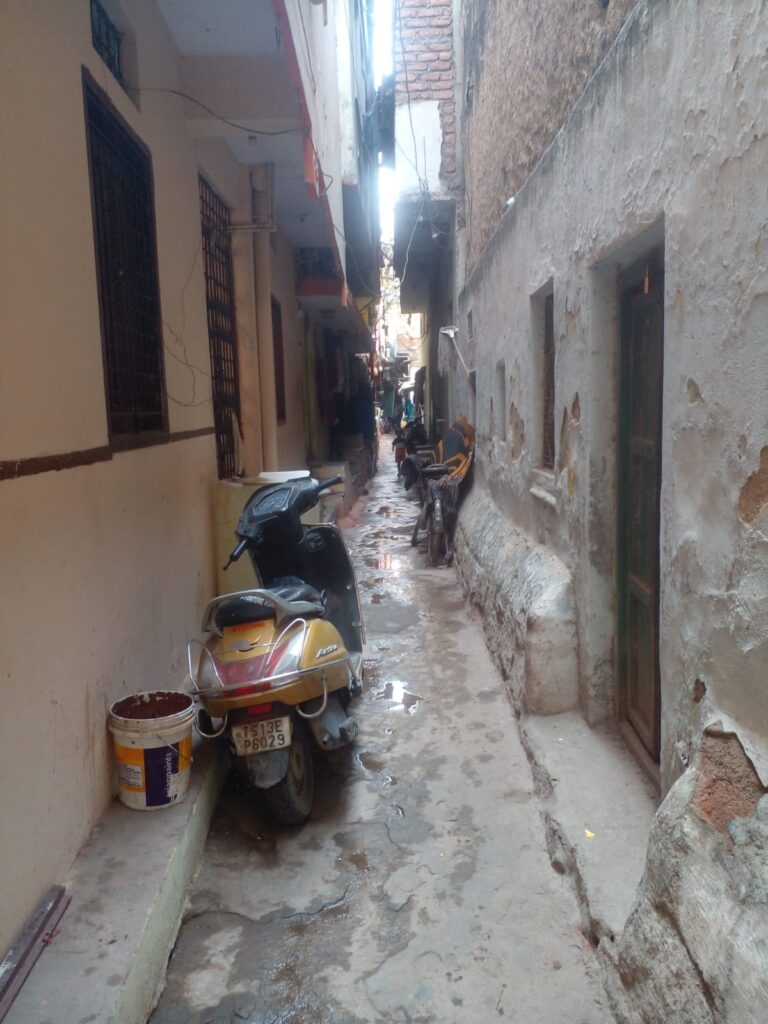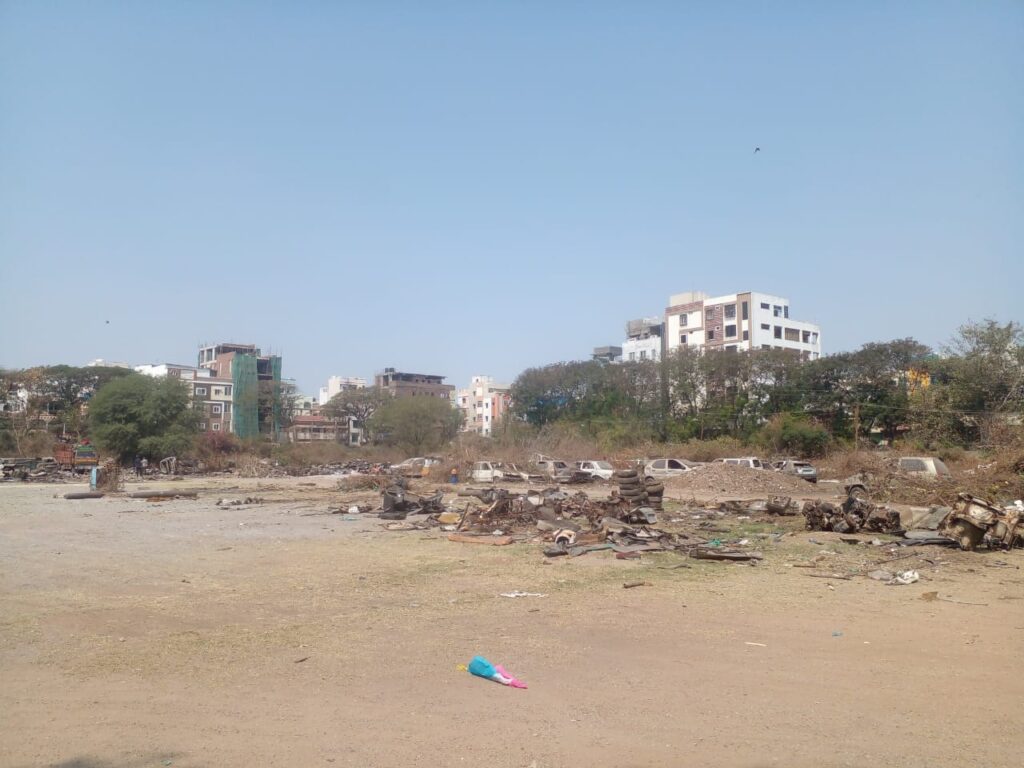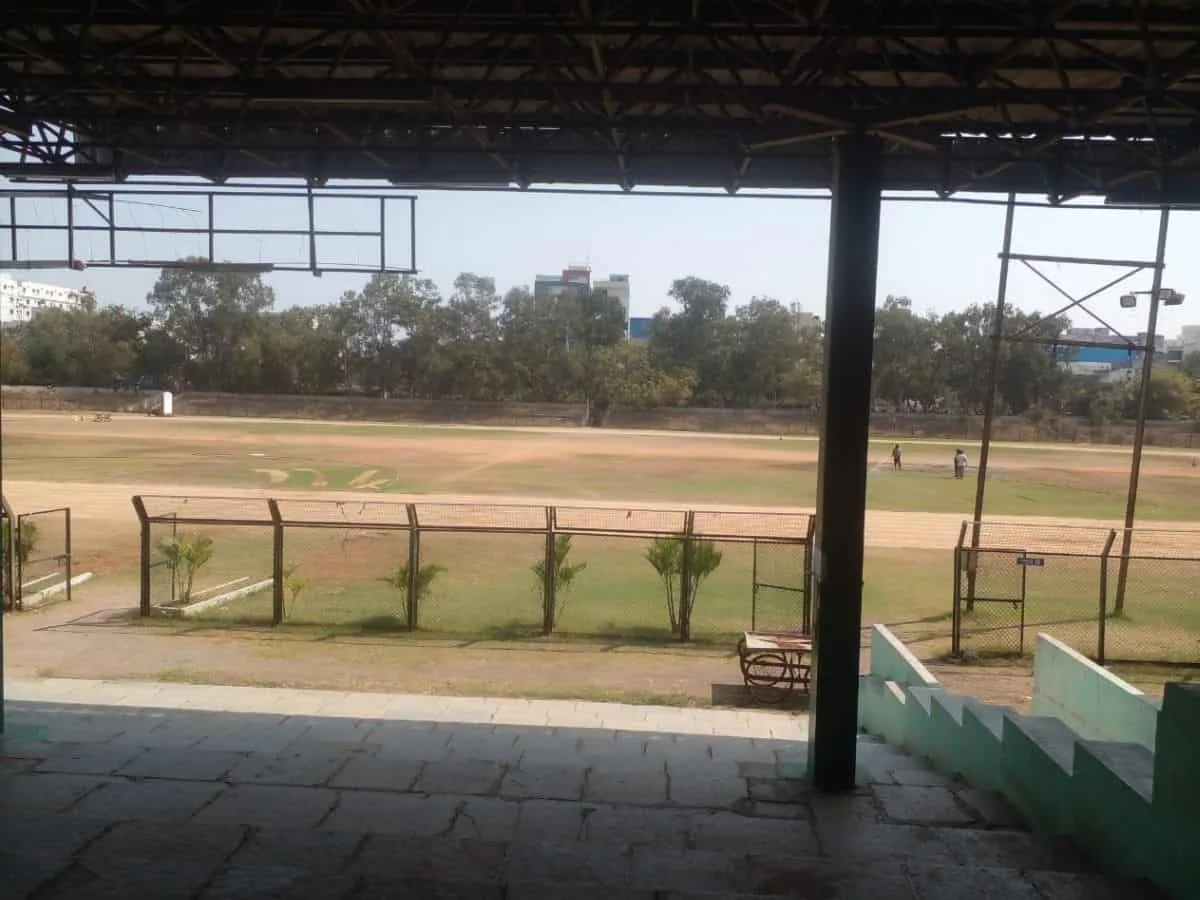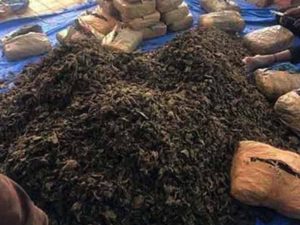Hyderabad: The hurdles of the state government to construct the new Osmania General Hospital (OGH) in Goshamahal police stadium located in the proximity of Goshamahal, Jambagh and Begumbazar areas are from over as basti people living around now plan to take the legal way.
The hurdles in the state government’s plans to construct the new Osmania General Hospital (OGH) in Goshamahal police stadium located in the proximity of Goshamahal, Jambagh and Begumbazar areas are far from gone, as the basti people living around the newly planned Osmania General Hospital.
For the past four months, people living in Chandanwadi, Gyanbagh Colony, Hindi Nagar, Balayya Bada and other bastis around the planned new Osmania General Hospital project have been resisting the government’s decision to go ahead with the plan.
Anand Goud, a resident who contested for the corporator’s post from the Jambagh division has approached the court on the issue. The court has ordered the state government to maintain a status quo till the next hearing on February 18.
It is speculated that others would follow Goud if the Greater Hyderabad Municipal Corporation (GHMC) failed to take people into confidence over the new Osmania General Hospital projected at a cost of Rs 2,700 crore.
The stench from mortuary
The residents of Chandanwadi have raised concerns about the new hospital at their doorstep, citing the existing issues of poor cleanliness and sanitation at Osmania General Hospital.
“From the entrance side of the Government Dental Hospital in Afzalgunj till the Bhulaxmi Matha temple, one can constantly smell decomposed bodies at the mortuary of Osmania General Hospital, which is located at the southern entrance of the hospital. The stench spreads as far as a kilometre,” Sanjay a resident of Chandanwadi tells Siasat.com.
A mortuary at the doorstep is the least of their worries. Water scarcity is also a main reason for the residents.
New Osmania General Hospital foundation to be laid within a week: Telangana CM
Groundwater and sewerage issues
Prithvi Raj, a borewell technician in Chandanwadi tells Siasat.com that the stadium has been the primary source of groundwater for the nearby colonies.
Reminiscing the time when water availability was 70 ft to 80 ft in Chandanwadi, Sanjay says the current water availability in Begum Bazar is 800 ft to 1,000 ft, and around the stadium, it is 300 ft to 350 ft.
The stadium has been functioning like a liver in the human body, absorbing sewage from the 15-20 ft Musi Nala, which overflows from its eastern side during the monsoons.
Residents fear that if concretization occurs inside the stadium, the already merged sewage and drinking water lines—flowing through the 4-foot-wide lanes at their doorsteps every alternate day for less than an hour—could worsen the situation.

The borewells of the basti people dry every summer; the situation is becoming worse with every passing year.
Residents question choice of location
“When Mir Osman Ali Khan built the hospital he must have had something in mind while deciding to build it on the banks of Musi,” says Umapathy Karan Raj, for whom the stadium has generational memories to associate with.
He referred to the history of the Nizam just to draw a parallel between dumping hospital waste inside the Musi river on the mortuary side of the old hospital, and the Nala which flows by the stadium.

He wonders how the small nala could take the flood water, sewage, and medical waste, once the new Osmania General Hospital is constructed.
He tells Siasat.com that there is a vast area enough to build many blocks towards the Musi side of the old hospital. “From the fire station on the rear entrance of Osmania hospital, till Bhulaxmi Matha temple, there is around 25 acres of government land lying vacant. Why doesn’t the state government construct the hospital there or in the Zoo Park which is also being relocated,” he asks.
The traffic congestion in the area
Traffic in the area is a chronic issue which could be augmented after the construction of the new Osmania General Hospital inside the Goshamahal stadium.
In addition to the hospital, business, and regular traffic that could congest the lanes around the stadium, the situation worsens during Ganesh Visarjan, Durga Navratri, and other festivals, as well as the annual All-India Industrial Exhibition held on the stadium’s eastern side.
Though the GHMC’s standing committee has sought approval for widening the roads in all directions of the intended hospital (8 gates according to locals), the widening issue has become a cause for concern.
GHMC urged to approve widening of roads leading to new Osmania General Hospital
Fear of losing houses to road widening
The GHMC officials have conducted a physical survey of the area around the stadium fixing the length and breadth of the land needed to widen the road.
For example, in Chandanwadi, officials have informed the householders facing the road, that 15 ft of their houses will go for road widening for a 60 ft road.
The residents feel that once the new Osmania General Hospital is established roads could be widened to 80 ft, 100 ft or even 120 ft.
GHMC urged to approve widening of roads leading to new Osmania General Hospital
Police emotional bond with stadium
It is not just the residents, but the police department also holds an emotional bond with the Goshamahal stadium, which has not only been a practice ground for police aspirants but also a great space for football players.
The stadium occasionally hosts auctions for police-seized vehicles and serves as a base for the bomb squad, their canines, and police horses used in domination exercises. It also functions as a vital lung space for both police personnel and local residents.
The enforcers of the law are silently gulping the sorrow of having to leave the stadium to facilitate the construction of the new Osmania General Hospital.
Trees felled for foundation-stone laying of hospital
Several trees have been cut on the eastern side of the stadium for the foundation-stone laying ceremony of the new Osmania General Hospital building performed by chief minister A Revanth Reddy on January 30
Though the trees by the side of the nala didn’t come in the way of the event, many were felled.
Apart from the stadium area, the state government will also be using the police quarters, an adjacent municipal park, and the area by the side of the nala, for the hospital which is being constructed in a built-up area of 32 lakh sq ft.
There are around 26 houses in Balayya Bada area located towards the south-eastern side of the stadium with houses small and medium businesses. This colony is being acquired, as the municipal officials have informed the residents that 80 ft from the nala will be acquired for the hospital construction of a road which leads to the hospital/stadium’s eastern entrance.
Spiritual significance versus political opportunism
The stadium also has a spiritual significance, as Bhagwat Kathas, Jagran events, Samuhik Vivaah, and other religious events are held in the stadium. Arya Samaj office is also located on the western side of the stadium.
The residents feel the chief minister is blindly following the directions of AIMIM chief Asaduddin Owaisi and his brother Akbaruddin Owaisi to build the hospital there so that Hindus who form the majority in that area leave their houses. They feel this move can help them win the Goshamahal constituency in the next elections.
Aare Katikas (butchers), Yadavas, Marwadis, Muslims, and people from other communities live around the Goshamahal stadium.
“The GHMC should have done the survey first and then the Bhumi Puja should have been performed,” opines Umapathy. He told Siasat.com that police personnel were stationed in the narrow lanes of Chandanwadi and other bastis on the foundation-stone laying day.
Kedarnath, one of the youngsters from the basti tells Siasat.com that even he received a call from the local police station asking him to come to the station a day before the ceremony. He was at Kumbh Mela on that day.
However, many locals were taken into custody to prevent any protests against the state government during the foundation-stone laying ceremony.
While the basti residents strongly oppose losing their lung space, they also see this moment as an opportunity to bring their civic issues to the attention of GHMC authorities. They remain open to discussions in ward sabhas—though none have taken place—while staying firm in their resolve to obstruct the project at any cost.
Amid the protests and suppression of dissent, BRS, much like MIM, sees a political opportunity unfolding in the constituency.







